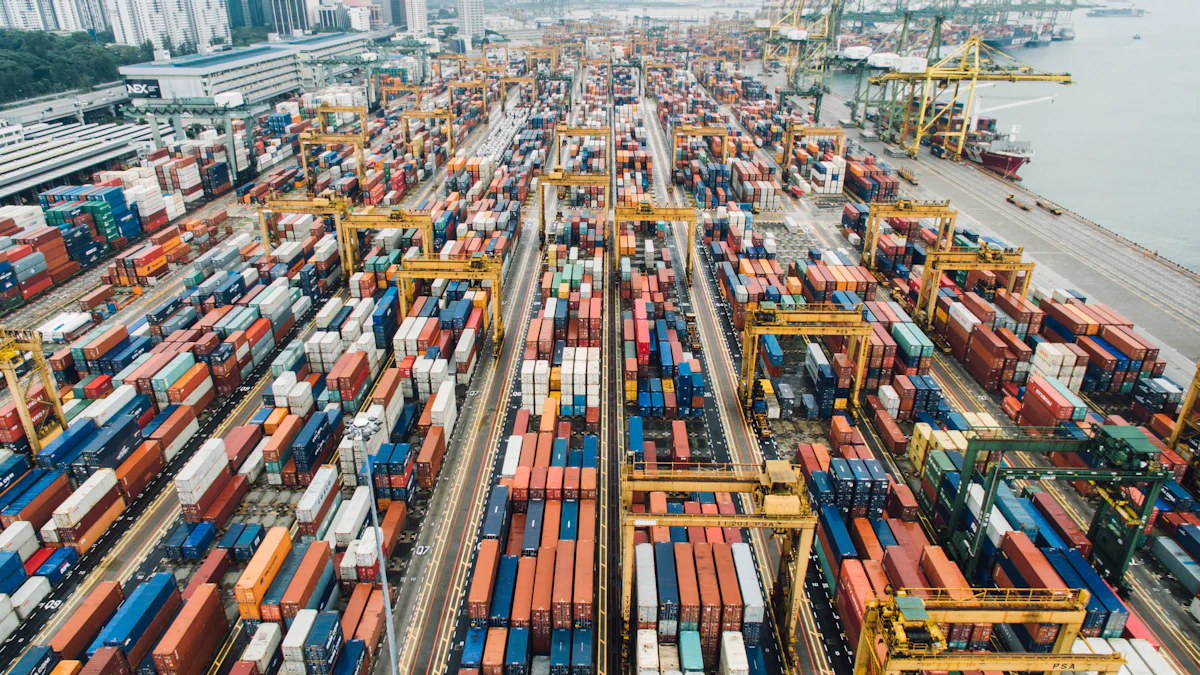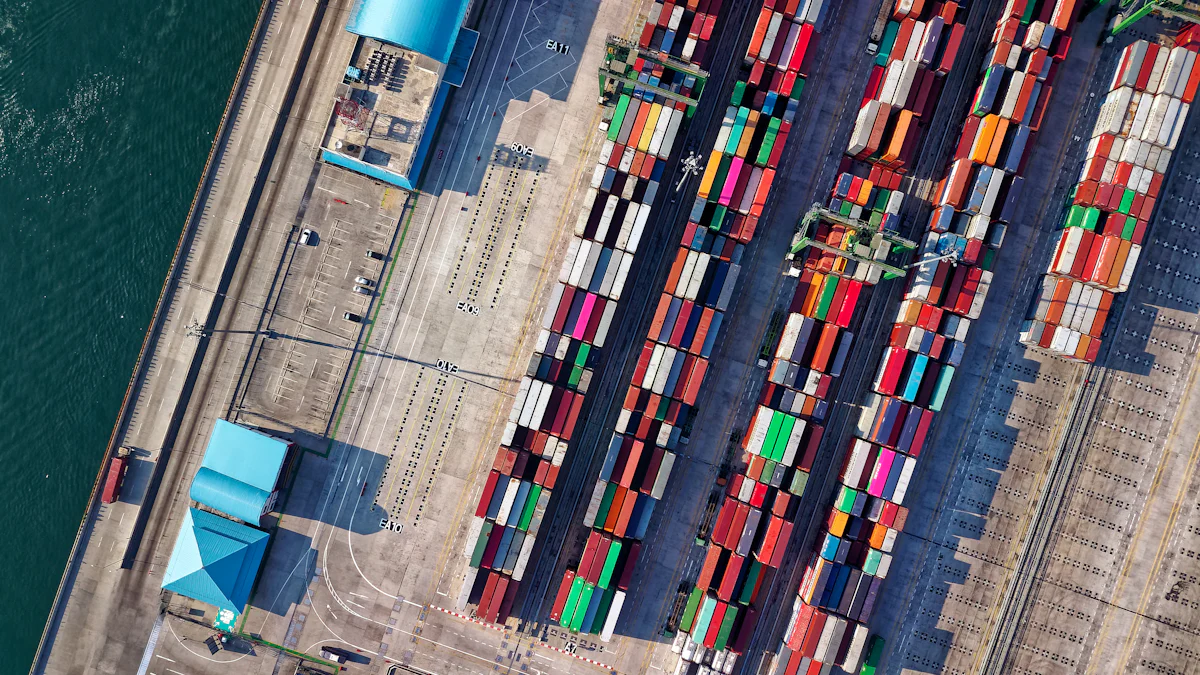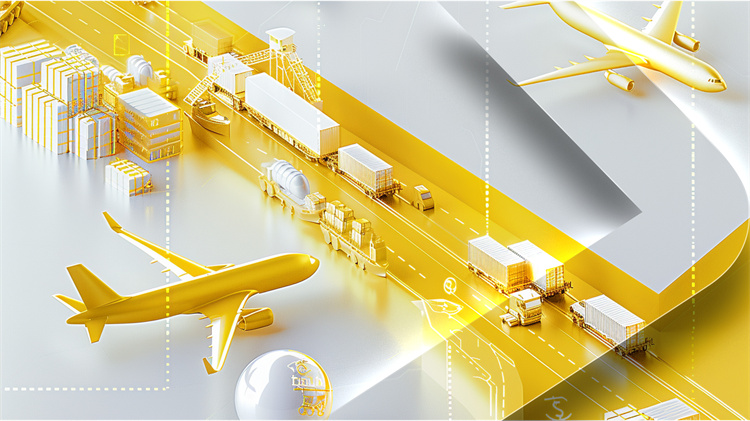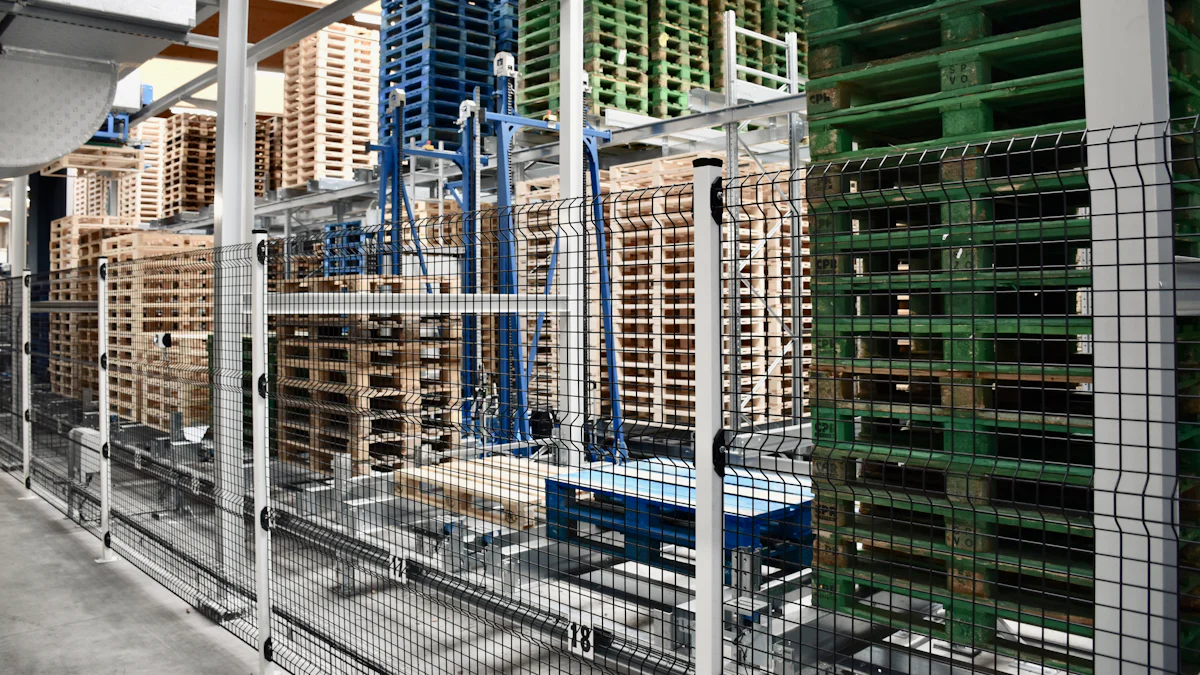Logistics automation and its impact on the future of the logistics industry

Logistics automation represents a transformative force in the logistics industry. Automation enhances efficiency and productivity by integrating technologies such as robotics, artificial intelligence, and the Internet of Things. The logistics automation market is projected to grow from USD 52.59 billion in 2020 to USD 133.21 billion by 2028. This growth reflects a compound annual growth rate of 12.4%. Companies adopting automated systems achieve inventory accuracy rates of up to 99.99%. The future implications for logistics automation include further advancements in technology and increased global adoption.
Understanding Logistics Automation
What is Logistics Automation?
Definition and Scope
Logistics automation refers to the application of advanced technologies to streamline logistics operations. The scope of logistics automation encompasses various processes, including transportation, warehousing, and inventory management. Automation aims to enhance efficiency, accuracy, and speed in supply chain management. Automated systems can handle repetitive tasks, reducing human error and increasing productivity.
Key Technologies Involved
Several key technologies drive logistics automation. Artificial intelligence (AI) and machine learning (ML) play crucial roles in optimizing logistics processes. AI can predict demand, manage inventory, and determine the best delivery routes. Robotics and automated guided vehicles (AGVs) assist in material handling and sorting. Internet of Things (IoT) devices and sensors enable real-time tracking and monitoring of goods. Big data analytics provides insights for better decision-making.
Current Applications
Automation in Warehousing
Automation in warehousing involves using technologies to improve storage and retrieval processes. Automated storage and retrieval systems (AS/RS) enhance efficiency by quickly locating and retrieving items. Robotic arms and conveyor belts aid in sorting and packing. Smart warehouses equipped with IoT devices optimize inventory management. These technologies reduce operational costs and minimize errors in warehousing.
Automation in Transportation
Transportation automation focuses on optimizing delivery routes and improving efficiency. AI and data analytics help determine the most efficient paths for deliveries. Companies analyze factors like traffic and weather to save time and costs. Autonomous vehicles and drones revolutionize last-mile delivery. These technologies ensure faster and more reliable transportation services.
Automation in Inventory Management
Inventory management benefits significantly from logistics automation. AI-powered systems predict demand and optimize stock levels. Barcode scanning and RFID tags ensure accuracy in tracking goods. Automated systems prevent incorrect shipments and lost items. These technologies enhance inventory accuracy and reduce disruptions in supply chains.
Benefits of Logistics Automation

Increased Efficiency
Logistics automation significantly enhances efficiency within the logistics industry. Automated systems optimize resource utilization, leading to higher productivity levels. These systems operate continuously without breaks, handling repetitive tasks that would otherwise require significant manpower. Companies experience increased capacity and flow of goods, satisfying customer demand for fast and accurate delivery services.
Time Savings
Automation in logistics dramatically reduces time spent on various operations. Automated inventory management systems achieve accuracy rates of up to 99.99%, drastically reducing the time spent on manual checks and corrections. This high accuracy minimizes disruptions and ensures smooth operations. Automated systems also streamline warehouse operations and transportation management, further saving time.
Cost Reduction
Logistics automation reduces operational costs by eliminating the need for continuous human intervention. Fully automated systems run around the clock, removing costs associated with worker fatigue and absenteeism. Automation also decreases the cost of operations by reducing the risks of human error. The reduction in errors leads to fewer costly mistakes, contributing to overall cost savings.
Improved Accuracy
Automation in logistics greatly improves accuracy in various processes. Automated systems ensure precision in tasks such as inventory management and transportation planning. This precision reduces errors and enhances overall operational effectiveness.
Error Reduction
Automated systems significantly reduce errors in logistics operations. The use of technologies like barcode scanning and RFID tags ensures accuracy in tracking goods. This accuracy prevents incorrect shipments and lost items, enhancing inventory accuracy and reducing disruptions in supply chains.
Enhanced Data Management
Logistics automation enhances data management capabilities. Automated systems provide real-time data analysis, allowing companies to make informed decisions quickly. The integration of big data analytics offers insights for better decision-making, further improving accuracy and efficiency in logistics operations.
JUSDA's Role in Logistics Automation
JUSDA's Comprehensive Solutions
End-to-end Supply Chain Integration
JUSDA excels in logistics automation by providing comprehensive end-to-end supply chain integration. The company leverages advanced technology to ensure precise tracking and efficient management of goods. This integration optimizes operations, resulting in unparalleled efficiency. JUSDA's solutions revolutionize the manufacturing industry, offering seamless supply chain management. The company's strategic approaches and cutting-edge technology set a new standard in logistics.
JusLink Intelligent System Platform
The JusLink intelligent system platform plays a pivotal role in JUSDA's logistics automation strategy. This platform integrates suppliers, manufacturers, service providers, and customers. Real-time data analysis enhances operational efficiency and resource utilization. The platform supports intelligent supply chain systems, enabling precise business decision-making. JUSDA's JusLink platform exemplifies the future of logistics automation through its innovative approach.
JUSDA's Technological Advancements
Use of Big Data and IoT
JUSDA harnesses the power of big data and IoT to drive logistics automation. The company utilizes real-time data to optimize logistics operations. IoT devices and sensors provide accurate tracking and monitoring of goods. Big data analytics offers insights for better decision-making. JUSDA's commitment to technological advancements ensures seamless operations and enhanced efficiency.
Cloud Warehouse Services
JUSDA's cloud warehouse services exemplify logistics automation in warehousing. These services support multi-channel sales from businesses to consumers. Automated warehousing and intelligent transfer are achieved through a big data platform. Key advantages include unified management of inventory and seamless integration with client systems. JUSDA's cloud warehouse services demonstrate the transformative power of logistics automation.

SMART JusLink
Supply Chain Management Solution
Challenges and Considerations
Implementation Challenges
Initial Costs
Logistics automation requires significant initial investment. Companies must purchase advanced technologies such as robotics, AI systems, and IoT devices. These technologies often come with high price tags. The cost of installation and maintenance adds to the financial burden. Businesses need to assess their budget capabilities before implementing automation solutions.
Integration with Existing Systems
Integrating logistics automation with existing systems presents challenges. Many companies have legacy systems that may not be compatible with new technologies. This incompatibility can lead to disruptions in operations. Companies must invest in system upgrades or replacements to ensure smooth integration. Proper planning and execution are crucial for successful implementation.
Workforce Implications
Job Displacement Concerns
Automation in logistics can lead to job displacement. Tasks previously performed by humans, like picking and packing, may now be automated. Khalid Alhosni, an expert in the logistics industry, highlights this concern:
"Job Displacement: The introduction of automation and robotics in logistics can result in the displacement of certain job roles that were previously performed by humans."
Companies must address the potential job losses that may arise from automation. Strategies to mitigate these effects include reassignment of employees to different roles within the organization.
Need for Reskilling
Logistics automation creates new opportunities in tech and data management roles. The workforce must adapt to meet the demands of the automated logistics sector. Upskilling becomes essential for employees to transition into new positions. Training programs can equip workers with the necessary skills for emerging roles. An unknown expert in the automated logistics sector emphasizes the importance of upskilling:
"Job Transformation: While automation may reduce the need for manual labor in certain areas, it also creates new job opportunities in tech and data management roles. Upskilling the workforce is crucial to meet the demands of the automated logistics sector."
Companies should invest in reskilling initiatives to prepare their workforce for the future.
The Future of Logistics with Automation

Emerging Trends
AI and Machine Learning in Logistics
Artificial intelligence (AI) and machine learning (ML) have become pivotal in logistics automation. AI predicts demand, optimizes delivery routes, and enhances inventory management. Companies use AI to reduce transportation costs and improve order fulfillment efficiency. Machine learning identifies patterns and trends, enhancing decision-making processes. These technologies streamline order processing and optimize inventory management.
The Role of IoT
The Internet of Things (IoT) revolutionizes logistics by making processes more efficient. IoT devices provide real-time tracking and monitoring of goods. Sensors collect data that improves supply chain visibility. Companies use IoT to minimize human interference and enhance operational efficiency. The integration of IoT with AI creates a robust framework for logistics automation.
Long-term Implications
Industry Transformation
Logistics automation transforms the industry by integrating advanced technologies. AI, IoT, and robotics systems replace traditional supply chain operations. Companies experience increased productivity and safety through automation. The logistics sector evolves with the adoption of these technologies. Automation strategies improve efficiency and reduce costs.
Sustainability and Environmental Impact
Automation contributes to sustainability in logistics. AI and IoT optimize routes, reducing fuel consumption and emissions. Companies achieve more efficient resource utilization with automated systems. The logistics industry moves towards environmentally friendly practices. Automation supports sustainable development goals by minimizing environmental impact.
Logistics automation has transformed the logistics industry by enhancing efficiency, reducing costs, and increasing productivity. Automation enables companies to achieve higher operational efficiency by automating repetitive tasks. Businesses can focus on more complex tasks and better serve their customers. Logistics automation reshapes the industry by leveraging technology to enhance various aspects of logistics operations. Automation leads to greater reliability, efficiency, and accuracy. Embracing technological advancements in logistics automation will drive future growth and innovation. The logistics industry must continue to adopt automation for sustainable supply chain operations.
See Also
Tomorrow's Logistics Revolution: AI Transforming Supply Chain
Future Journey: Breakthroughs in Tech Logistics
Digital Technology: Future Path Clearing for Logistics
